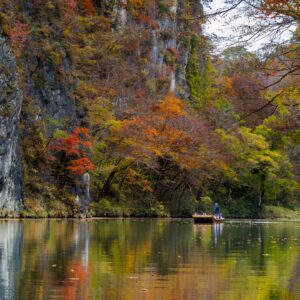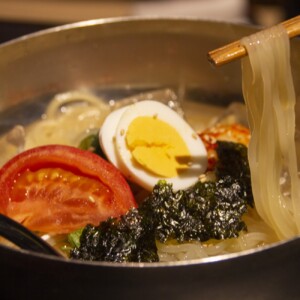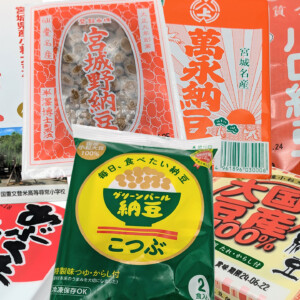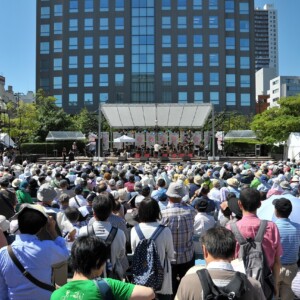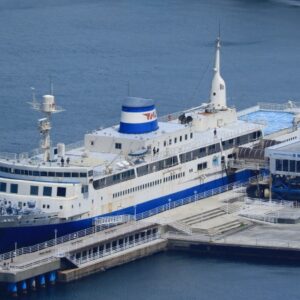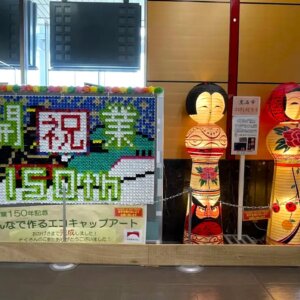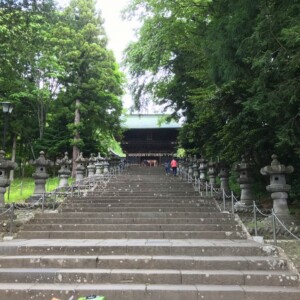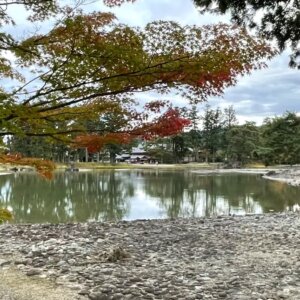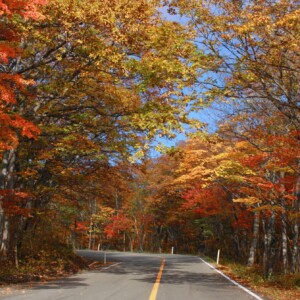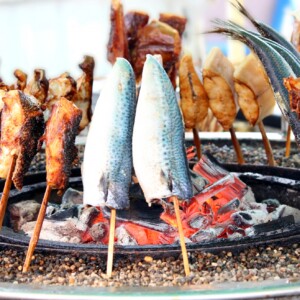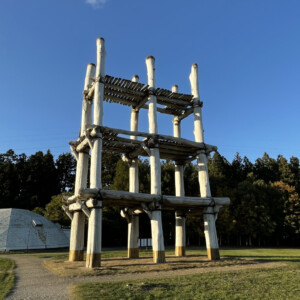
The pride of the six Tohoku prefectures: "Here lies the majesty of the Sendai domain, a large domain in the Michinoku region with 620,000 koku of rice!" Sendai Castle, built by the One-Eyed Dragon [Sendai City, Miyagi Prefecture]
table of contents
- 1 Sendai Castle, the symbol of the City of Trees (Aoba Ward, Sendai City: National Historic Site, One of Japan's 100 Great Castles)
- 2 Nishinomaru, which became a shrine
- 3 Sendai Castle transformed during times of peace
- 4 Remains of Sendai Castle still remain today
- 5 Restoration plans for the future
- 6 summary
- 7 Tohoku 6 Prefecture Castles Series
The Sendai domain was ruled by the Date clan from its establishment until its abolition during the Meiji Restoration, and although its official kokudaka was 620,000 koku, its actual kokudaka, including that of its branch domain, Ichinoseki domain, exceeded 1 million koku, making it a large domain.
The Date clan's direct retainers alone numbered approximately 10,000, and their maximum military strength is said to have been approximately 35,000.Although they were outside daimyo, they were given the surname " Matsudaira ," and successive lords of the Date clan were given the official title of Mutsu no
It is said that the founder of the clan, Date Masamune, the 17th head of the Date clan,
In the context of castles, the term "nawabari" does not refer to the "territory" of animals or anti-social forces, but rather to the overall design of the castle (the layout of the moats, stone walls, earthen ramparts, moats, and trenches).
Sendai Castle, the symbol of the City of Trees (Aoba Ward, Sendai City: National Historic Site, One of Japan's 100 Great Castles)
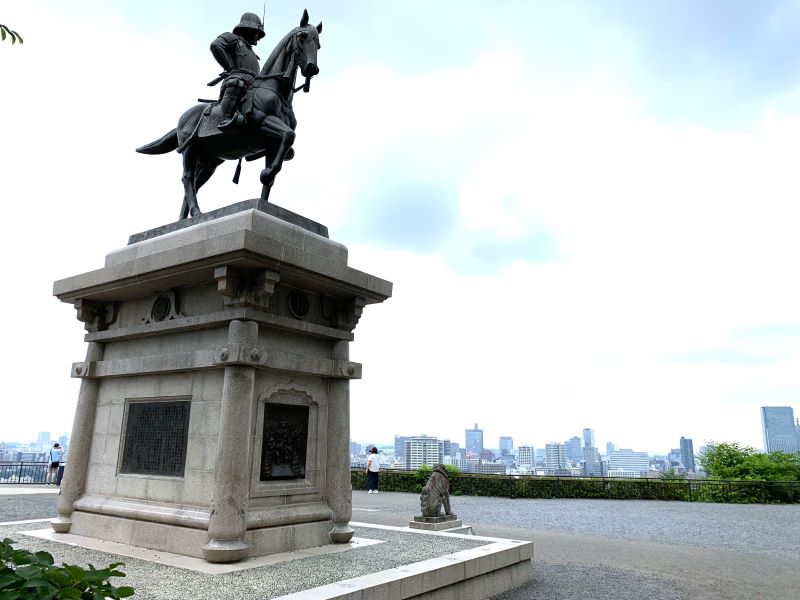
Aoba Castle as it was built on Mount Aoba , was occupied by Date Masamune as the first lord of the Sendai domain, and the Date clan served as the castle's lord until the Meiji Restoration.
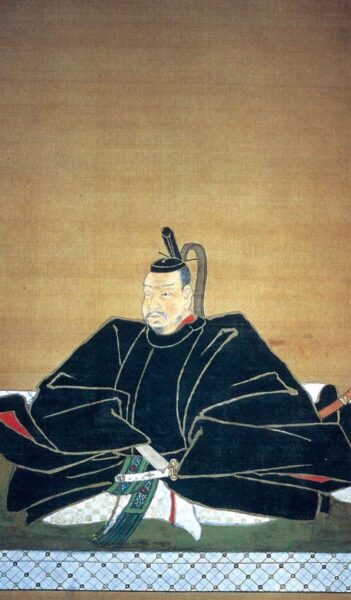
Tokugawa Ieyasu on the Eastern side , obtained Ieyasu's permission to build a castle on Mt. Aoba in Sendai, and in 1603 (Keicho 8) he moved from his previous castle, Iwadeyama Castle, to Sendai Castle.
Sendai Castle was originally a mountain castle that took advantage of natural fortifications
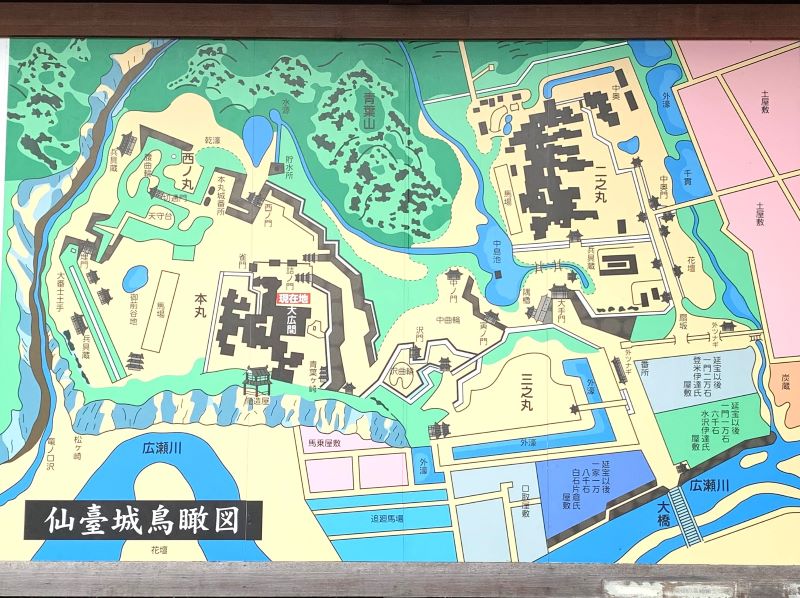
Sendai Castle is classified as a connected wall style flatland castle connected wall style" is a layout style in which the main castle, second castle, and third castle are connected in a straight line and arranged in parallel, while a " flatland castle" is a castle built on a mountain or hill in a plain.
After the Battle of Sekigahara, Masamune found Iwadeyama Castle, a mountain castle located in the north of his domain, inconvenient, so he set his sights on the Sendai plain, located almost in the center of his domain, and decided to build his castle there.
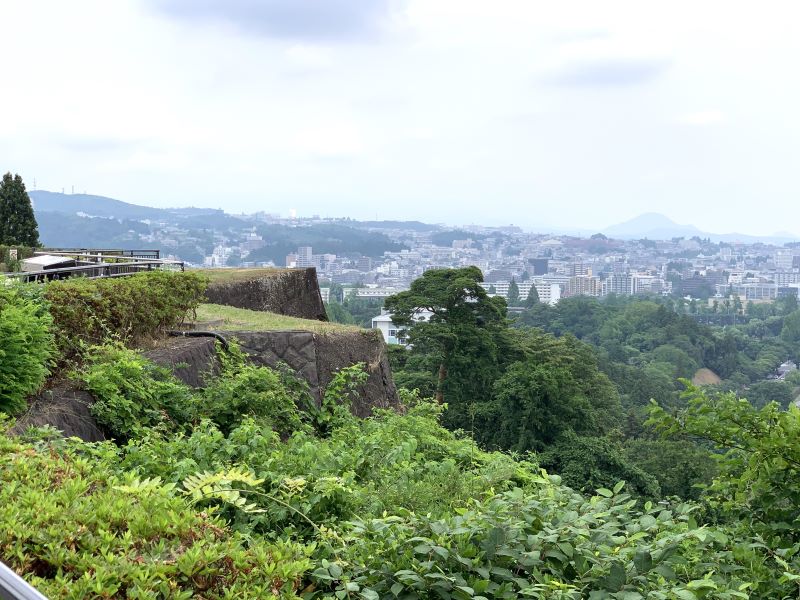
The western bank of the Hirose River, which flows through the plain, is a steep cliff, and it is said that Mount Aoba, located there, has been a mountain castle since ancient times as a natural fortress.
Date Masamune guards the Uesugi clan
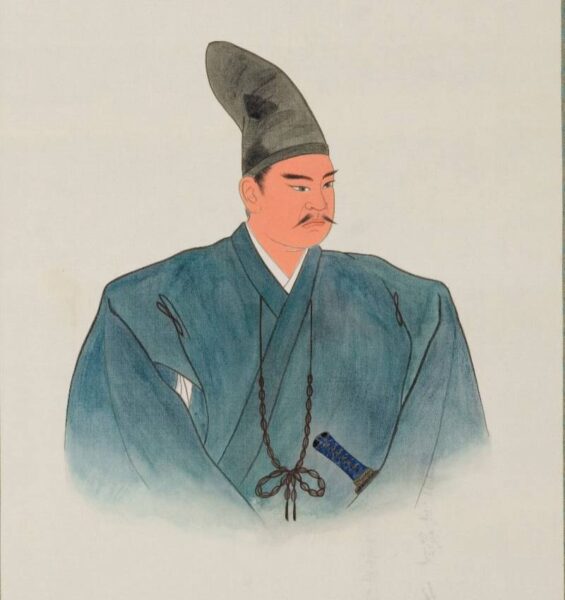
At the time, the Edo Shogunate had not yet been consolidated, and Masamune had been transferred from Aizu to Yonezawa with his fief reduced, but Uesugi Kagekatsu by the Shogunate, and so he built a sturdy castle in a strategic location.

Masamune entrusted the frontal defense of the castle to the Hirose River, and built Sendai Castle, consisting of the Honmaru and Nishinomaru, with Mount Aoba behind it. This is thought to have been done to buy time until reinforcements from the shogunate could arrive, even if the Uesugi forces attacked.
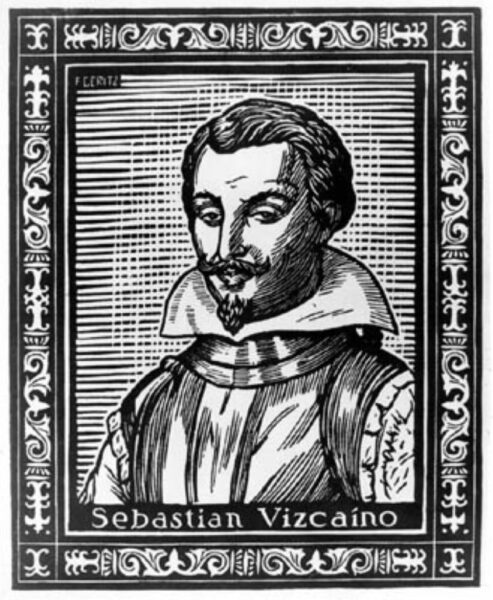
It is said that the Spanish explorer Vizcaino, who visited the castle at the time, praised it, saying, " The castle is one of the finest and most sturdy in Japan, surrounded by a deep river and built on a steep mountain with cliffs over 100 years high ."
Honmaru without a castle tower
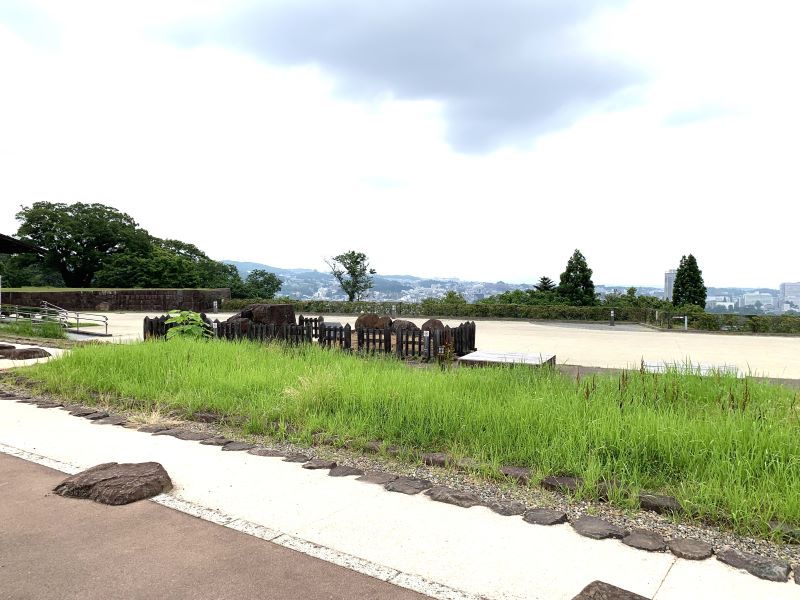
The main keep of Sendai Castle a vast area measuring 245m east to west and 267m north to south , and immediately after Masamune built the castle, a palace was built there as a place for the feudal lord to carry out government affairs and live.
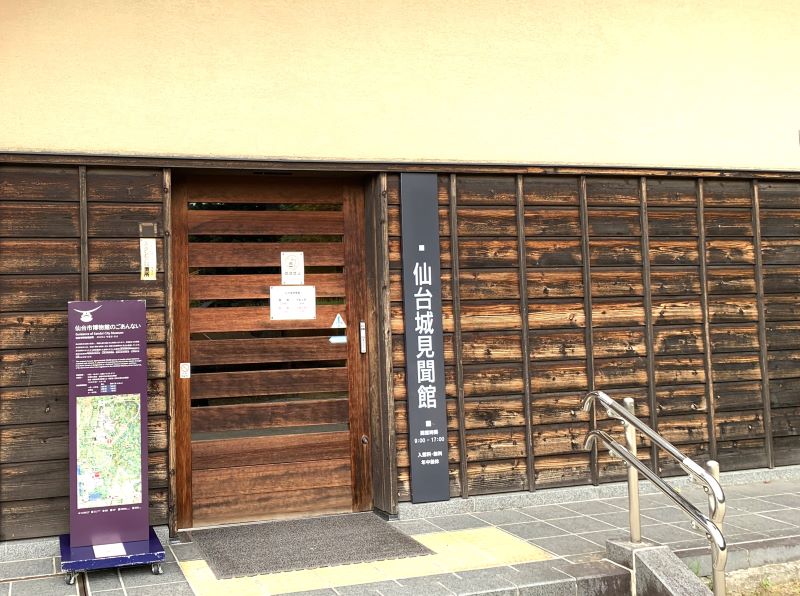
Masamune did not build a castle tower in the main citadel of Sendai Castle, and there are various theories as to why this was the case, including that it was to show that he had no hostility towards Ieyasu, or that a castle tower was unnecessary in the Edo period, when there were no wars.
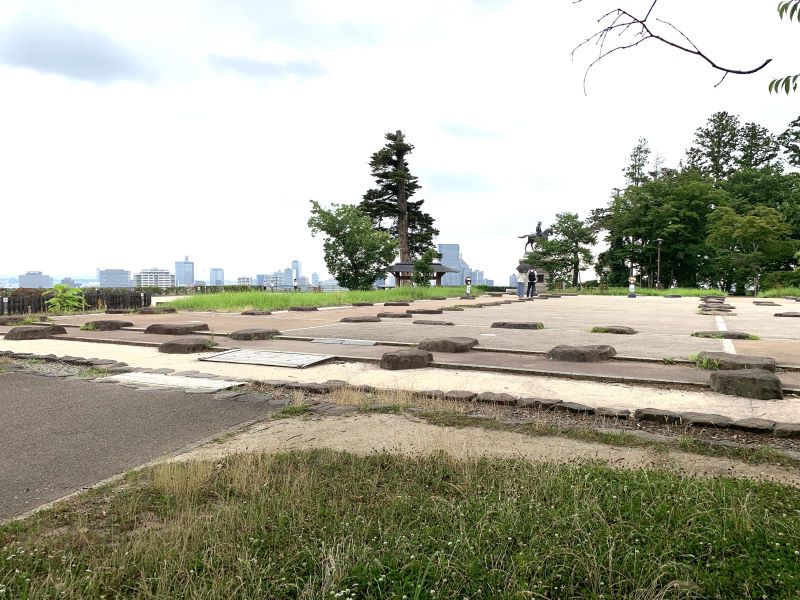
great hall " was built in the northern part of the main enclosure in 1610 as the castle's central facility
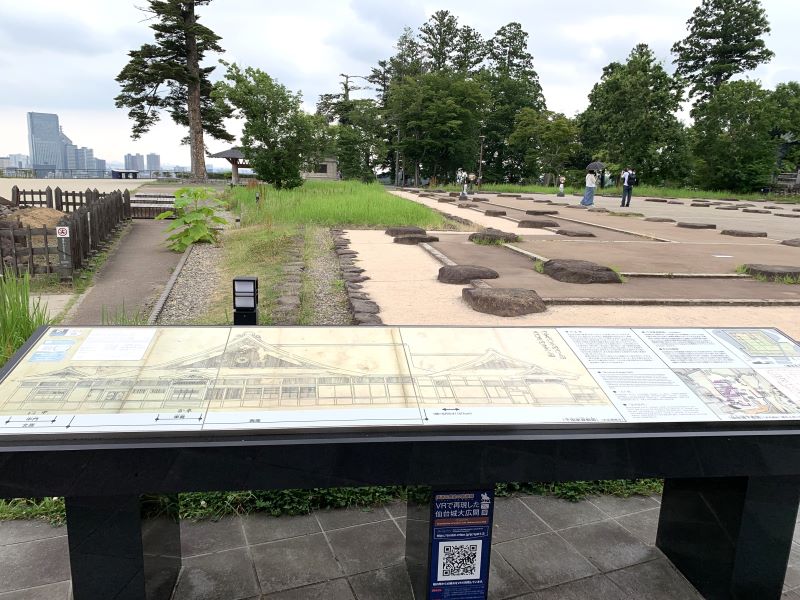
This was where the feudal lord met with his vassals, and the interior is said to have been decorated with gorgeous sliding screen paintings and metal fittings, making it a magnificent palace in the Momoyama style.
The layout of the excavated remains of the great hall has now been recreated, with the layout of each room and the position of the pillars displayed, making the scale of the ruins easy to understand.
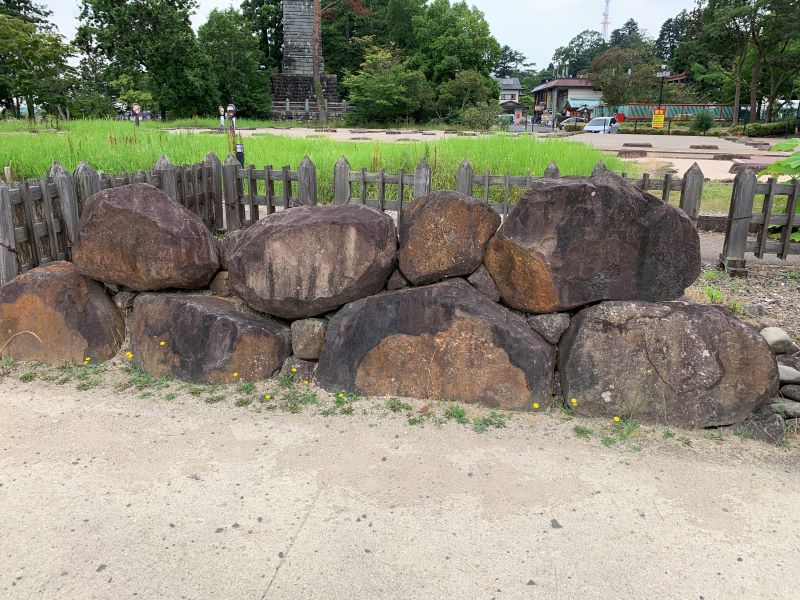
Also, at the remains of the Honmaru , the stone walls that were originally built around 1602 and those that were repaired after the collapsed section in the earthquake of 1668 (Kanbun 8) are on display, and you can compare the differences in the techniques used. These were discovered during the restoration of the Honmaru north stone wall.
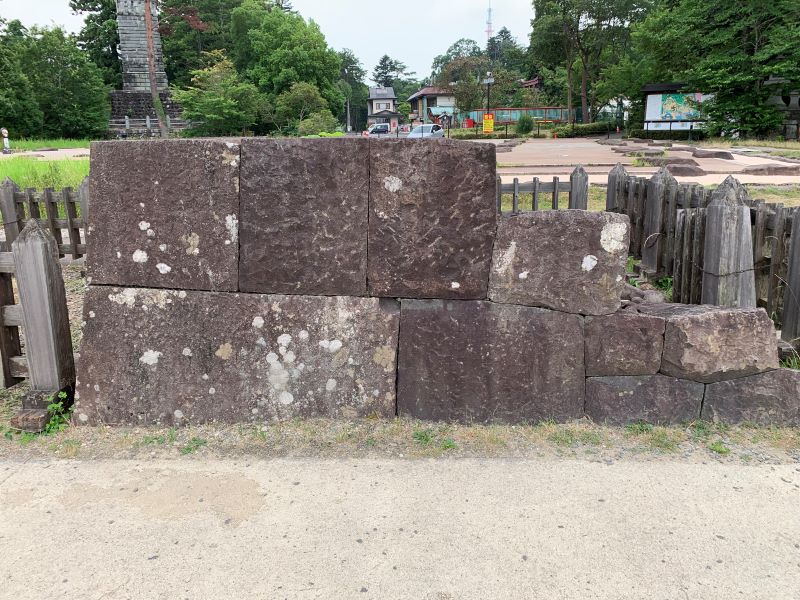
Nishinomaru, which became a shrine
Prefectural Gokoku Shrine on the site of the Nishinomaru bailey, and enshrines over 56,000 soldiers who lost their lives between the Meiji Restoration and the Pacific War.
the only shrine in Tohoku Kazenomiya , handed over to it.
Miyagi Prefecture Gokoku Shrine <Information>
- Facility name: Miyagi Prefecture Gokoku Shrine
- Phone number: 022-223-7255
- Visiting hours: 9:00-16:00
- URL: Miyagi Prefecture Gokoku Shrine Official Website
Google Map
Sendai Castle transformed during times of peace
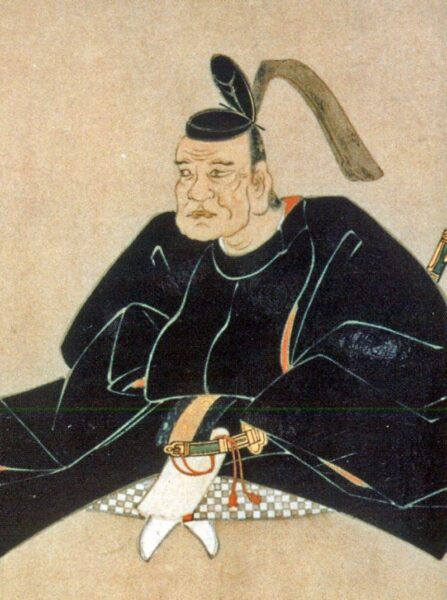
Sendai Castle was a sturdy mountain castle, but as the Tokugawa Shogunate solidified its system and the peaceful Edo period arrived, travel to the main castle, which was far from the city and required climbing a mountain, became inconvenient.
second lord of the Sendai domain, inherited the family headship from Masamune , built Ninomaru on flat ground near the city and moved the domain's government offices and residence there.
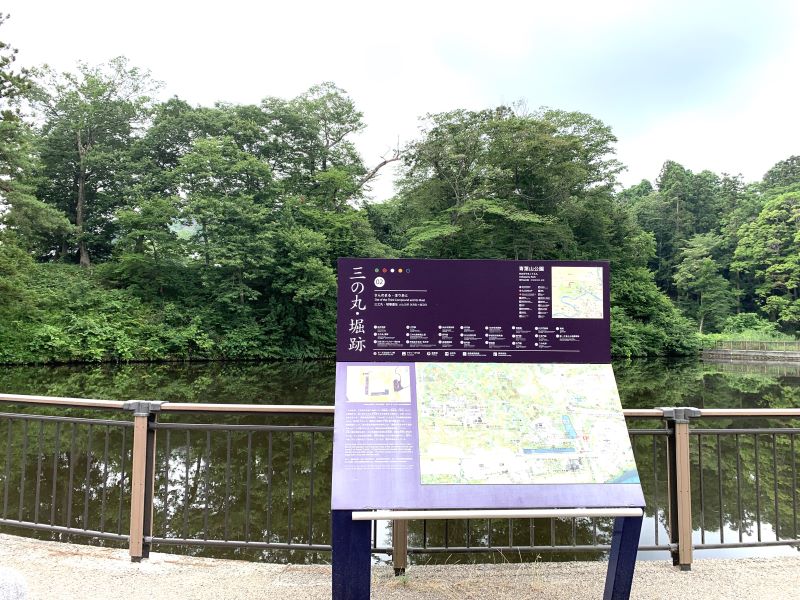
Furthermore, with the construction of Sannomaru next to the Otemon Gate, the center of Sendai Castle moved to Ninomaru, and the Honmaru and Nishinomaru on the mountain fell into disuse.
It is said that Tadamune's move to Ninomaru was a will from Masamune, who sensed the arrival of an era of peace.
Remains of Sendai Castle still remain today
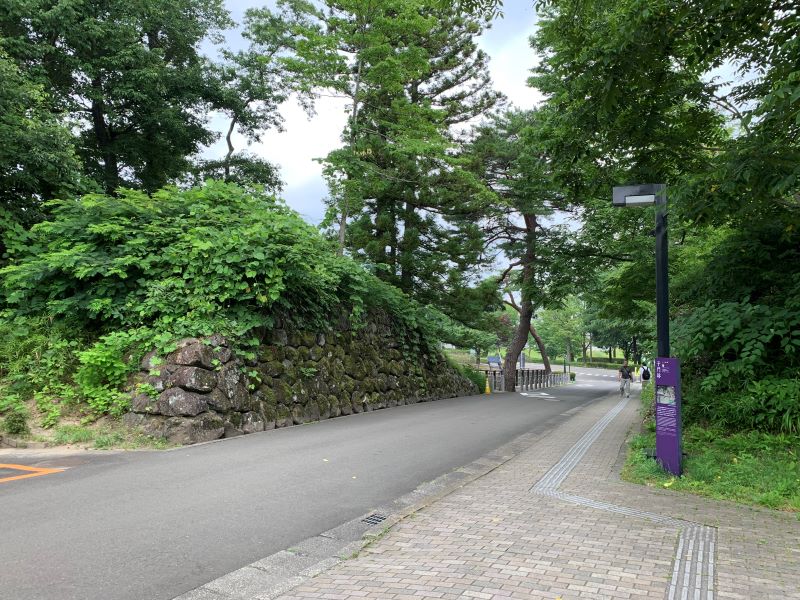
The ruins of Sendai Castle have been developed as a park, the vast Ninomaru is now the Kawauchi Campus of Tohoku University, and the Sendai City Museum has been built in Sannomaru. However, stone walls and earthworks still remain from the Honmaru to Sannomaru, giving the impression that this is the site of a castle.
Almost all of the buildings within the castle have been lost, but relocated structures such as the " Tora no Mon " (Tiger Gate) and the " Tatsu no Kuchi Mon " (Tatsu no Kuchi Gate) at the rear of the main castle remain in various parts of the city.
Restoration plans for the future

If you head west along Aoba-dori from the center of Sendai and cross the Ohashi Bridge the Otemon Gate Waki-yagura (turret ) and the Otemon Gate North Stone Wall , giving you a sense that this is the site of a castle.
The Otemon Gate Waki-yagura (turret) was restored in 1964 (Showa 39) through private donations, and is a reconstructed relic that gives an idea of the former size of the Otemon Gate.
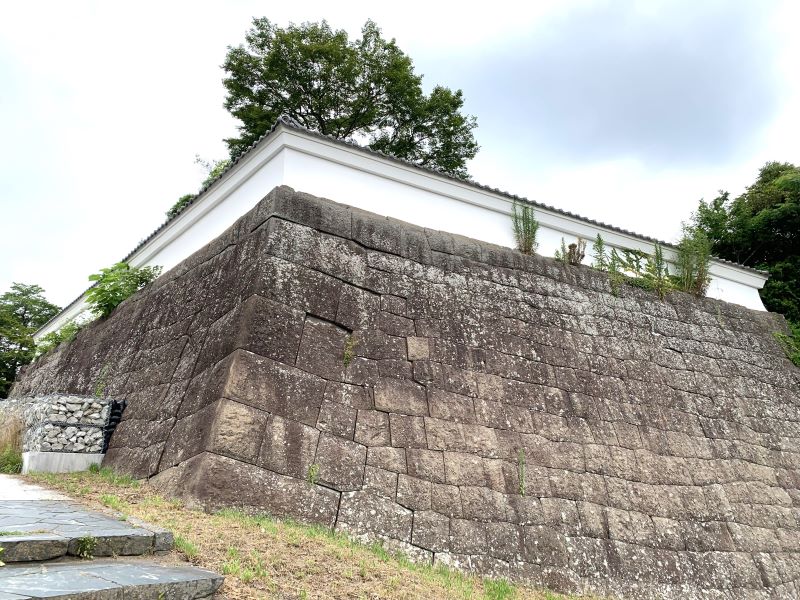
In addition, a plan to restore the Otemon Gate has been launched in 2021 (Reiwa 3), and it is scheduled to be rebuilt along with the existing side towers by 2038 (Reiwa 20).
Sendai Castle Ruins (Aoba Castle Ruins) <Information>
- Facility name: Sendai Castle Ruins (Aoba Castle Ruins)
- Address: 1 Kawauchi, Aoba Ward, Sendai City, Miyagi Prefecture
- Phone number: 022-214-8544
- Opening hours: Honmaru Ruins and Aoba Castle Museum 9:00-17:00 (until 16:00 from November 4th to March 31st)
- Opening hours: Sendai Castle Museum 9:00-17:00
- Opening hours: Sendai City Museum 9:00-16:45
- Closed: Sendai City Museum, Mondays (open if Monday is a substitute holiday), the day after a substitute holiday (open if Saturday, Sunday or a public holiday)
- Closed: Other museum facilities are open daily
- URL: Sendai City Official Website
Google Map
summary
To get to the remains of the Honmaru, drive around the back of the mountain and arrive at the Aoba Castle Honmaru Kaikan parking lot from the remains of the Uzumimon Gate, where you will immediately be able to see the remains of the Honmaru Ohiroma hall and the statue of Date Masamune on horseback
Miyagi Prefectural Gokoku Shrine on the site of the nearby Nishinomaru , the site of the lower Ninomaru is now the grounds of Tohoku University, and only a few remains of the castle are scattered around the Sendai City Museum on the site of the Sannomaru.
It looks very lonely compared to the famous castle ruins in other prefectures, and I sincerely hope that the remains around the Sendai Castle ruins will be further reproduced and restored, and that it will become a castle ruin that reminds us of the former glory of the Date clan.







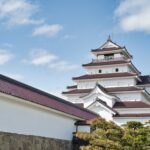
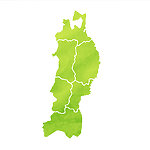
![The God of Fortune is real! ? The legend of Sendai Shiro! [Sendai City, Miyagi Prefecture] Sendai Shiro](https://jp.neft.asia/wp-content/uploads/2017/01/Sendai_Shirou-2-150x150.jpg)

![[Sendai City, Miyagi Prefecture] I walked to the basin of Akiu Otaki, one of Japan's three famous waterfalls! Akiu Otaki](https://jp.neft.asia/wp-content/uploads/2017/05/DSCN0392-150x150.jpg)
![[Sendai City, Miyagi Prefecture] Sendai Umino-Mori Aquarium realistically reproduces the sea of Sanriku! A large school of sardines dances 2a0ffc7c28ccc082a4b110c8bbbaf207_m](https://jp.neft.asia/wp-content/uploads/2017/09/2a0ffc7c28ccc082a4b110c8bbbaf207_m-150x150.png)
![[Sendai City, Miyagi Prefecture] “Sendai City Astronomical Observatory” is the best experience-based space facility in Japan! Get Cosmic Candy! 9130011941fbfe5972678703bdf9a40b_m](https://jp.neft.asia/wp-content/uploads/2017/09/9130011941fbfe5972678703bdf9a40b_m-150x150.png)
![[Sendai City, Miyagi Prefecture] Experience the charm of Ichiban Shibori at Kirin Beer Sendai Factory! You can see everything from preparation to storage! factory](https://jp.neft.asia/wp-content/uploads/2018/03/43ee4b975ff524a919d849a07e240acb_s-150x150.jpg)
![[Sendai City, Miyagi Prefecture] “Yagiyama Zoological Park Fujisaki no Mori”! The limited-time night zoo and “interacting” with animals are attractive! Yagiyama Zoo/Night Zoo Stained Glass](https://jp.neft.asia/wp-content/uploads/2018/05/IMG_5557-150x150.jpg)
